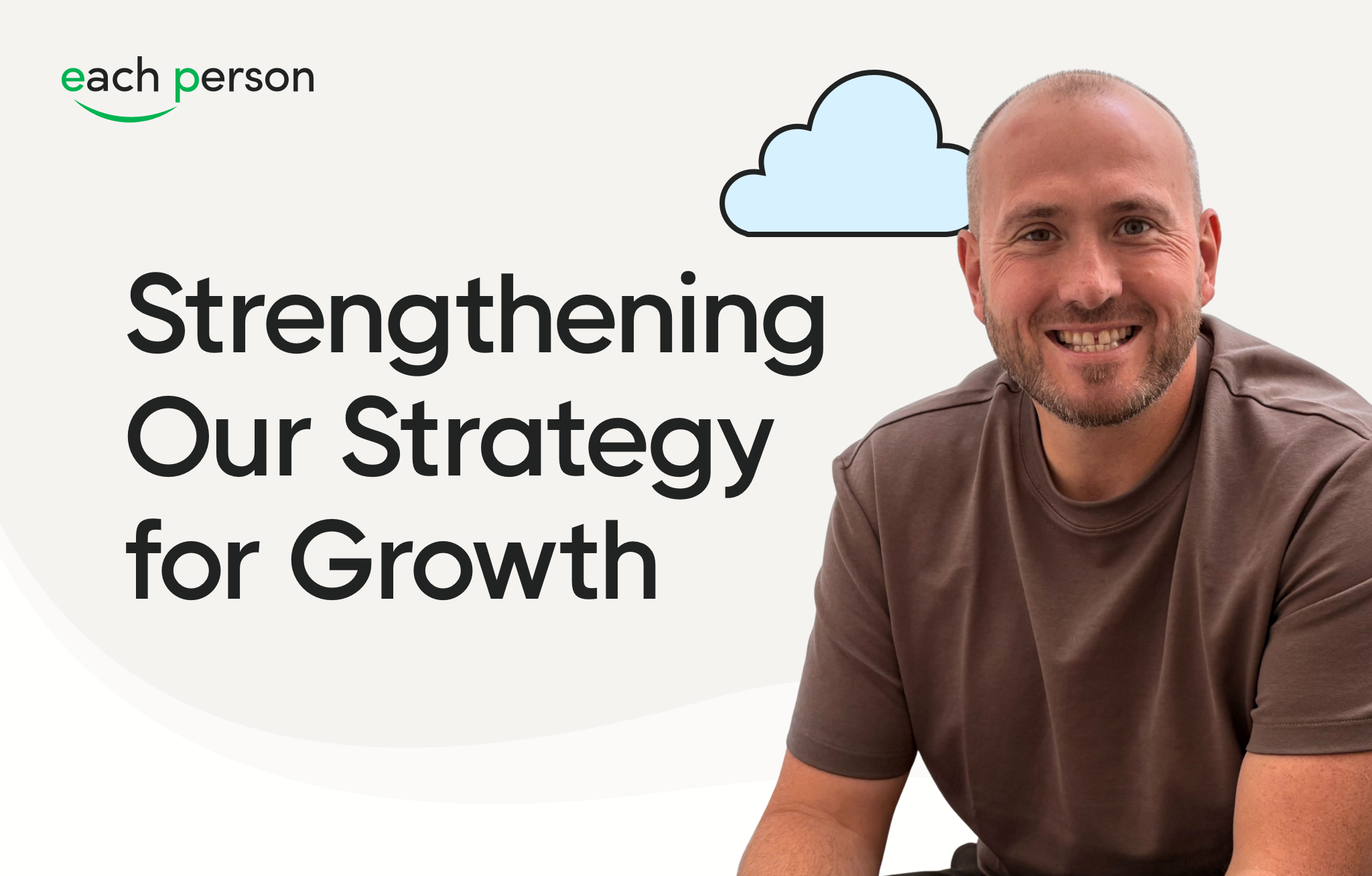What is your learning style? Utilise yours in the workplace
What is your learning style? Utilise yours in the workplace
Understanding your learning style is key to becoming more productive in the workplace. How you process information has a direct impact on your performance. If the necessary tools aren’t provided to you, you will feel demotivated and productivity will suffer. Therefore, it is important that you know what your learning style is so you know how to efficiently utilise yours and make the most of your work.
Gaining an understanding about your learning style, you are able to progress in your career, increase your retention and improved job satisfaction. It is inevitable that your colleagues will also have a variation of learning styles. Therefore, it is important that you understand and accommodate to them all when working part of a team or if they are looking to learn and develop.
Neil Fleming proposed four different learning styles: Visual, Aural, Read/Write and Kinesthetic.
1. Visual Learner
A visual learning style is the most common and those with it use symbolism and different formats such as using different colours to emphasise important points. Find out if you are a visual learner:
- You draw things to present your ideas
- Simplify complex processes into flowcharts
- Create your own symbols to simplify ideas
- Concentrate on design rather than content
If this is you, look to incorporate visual elements into your workplace. For example, you could create a visual workspace for yourself by using different colours, textures and designs at home or in the office. Alternatively, when planning your projects make use of mind maps and how you can map out your thought processes.
2. Aural Learner
An aural learner prefer to do things spoken or head through making statements and asking questions. Here is a checklist to see if you have an auditory learning style:
- You like to explain things by talking
- Learn from what others are saying and hear what they have to say about your ideas
- Value discussions with others
- Use voice recorders when recalling information
Aural learners value the opportunity to participate in discussion sessions, workshops, meetings and training in the workplace. Participating in zoom sessions with public speakers would be engaging. If you manage an auditory learner, instruction led video sessions are perfect as they can relate to a human voice and replay them as much as they want to help them retain information. For extra resources, they would value podcasts and audiobooks.
3. Read and Write Learner
Read and Write learners prefer using words and believe this is the most important way to convey and receive information. If you have this learning style, here is a checklist to see if you have a read/write learning style:
- You prefer to read and write and appreciate meanings and backgrounds
- Enjoy lists and arranging points into hierarchies
- Appreciate clarity in what's being written and correcting mistakes
- Use titles/headings/use bullet points on handouts or instructions
Although the move to learning online is good for visual learners, it is important to remember that those who have a reading learning style. Make sure that videos provide transcripts and subtitles for you to read so that they are able to skim the text and listen at the same time. Invest in notebooks so when you are in meetings you can write notes and read over them.
4. Kinesthetic Learner
A kinesthetic learner uses their experiences and use applications before theories. If you are a kinesthetic learner, you will possess these qualities:
- Value demonstrations followed by applying what they have learnt and doing things
- Take in information through hands-on approaches, watching videos explaining things and looking for examples/principles
- Focus on the real things that have happened
- Use plenty of examples and use previous experiences to assist their decision making.
To accomdate a kinestethic learner, look to include dialogue situations or role playing scenarios to assist learning and development. They also value teamwork so give them the opportunity to collaborate with colleagues on projects and encourage them to ask questions during sessions.
You will most likely have elements of each learning style, but to find out your most dominant one complete this questionnaire.
Let us help you plan and make the most of your learning style! We have put together a reward and recognition platform for your people. We have put together several courses for you on our shop to learn and develop your skills ranging from Developing Teamwork to Objective Setting. You can really hone in on your workplace skills and impress your colleagues!
You can also send an e-card to a colleague to recognise their hard work and commitment after undertaking a course!
If you want to find out how Each Person can help you look after your people and make a change in the workplace, contact us at support@eachperson.com
Don’t forget to follow us on social media too!










